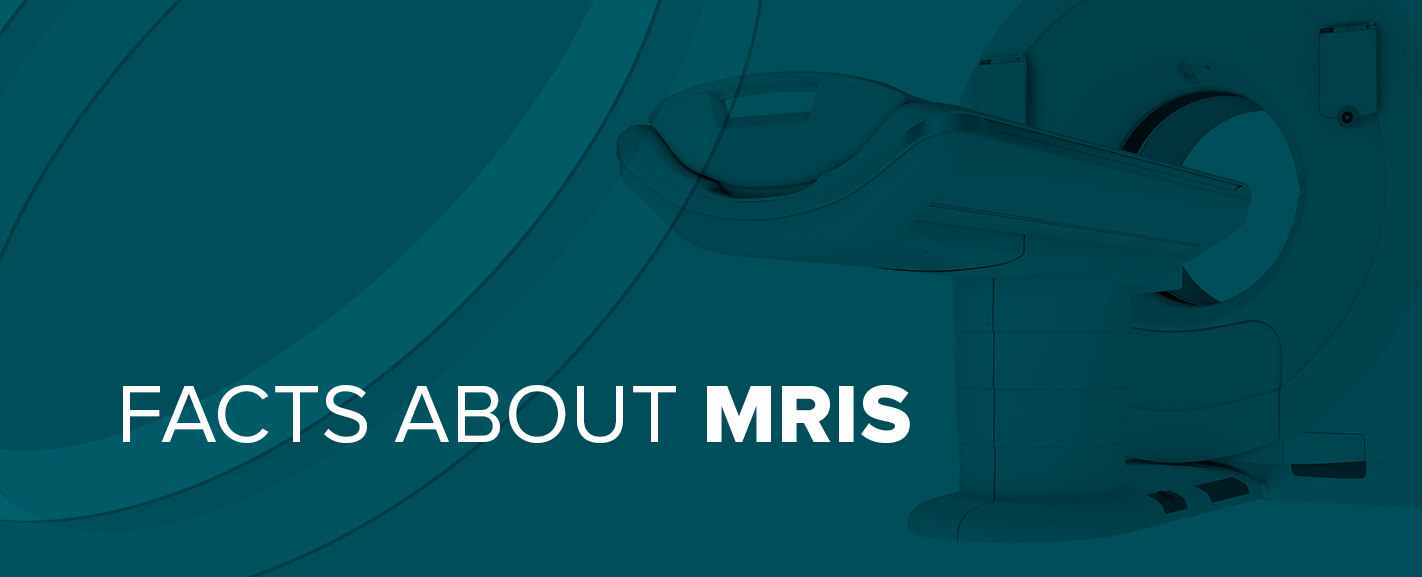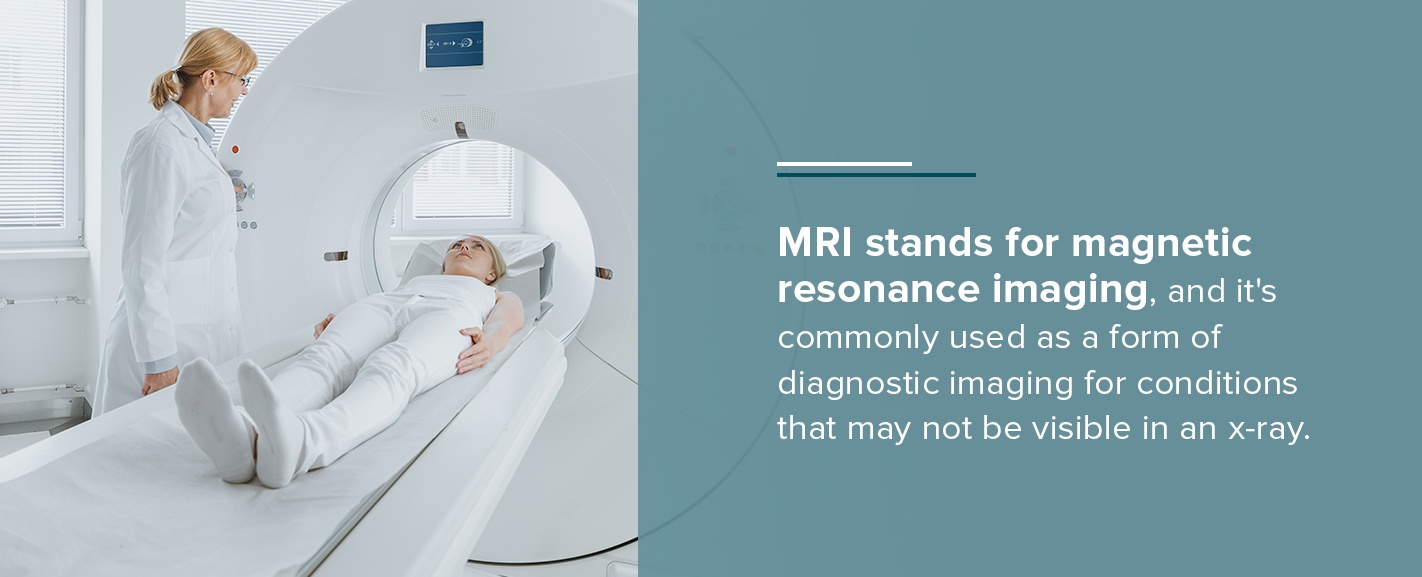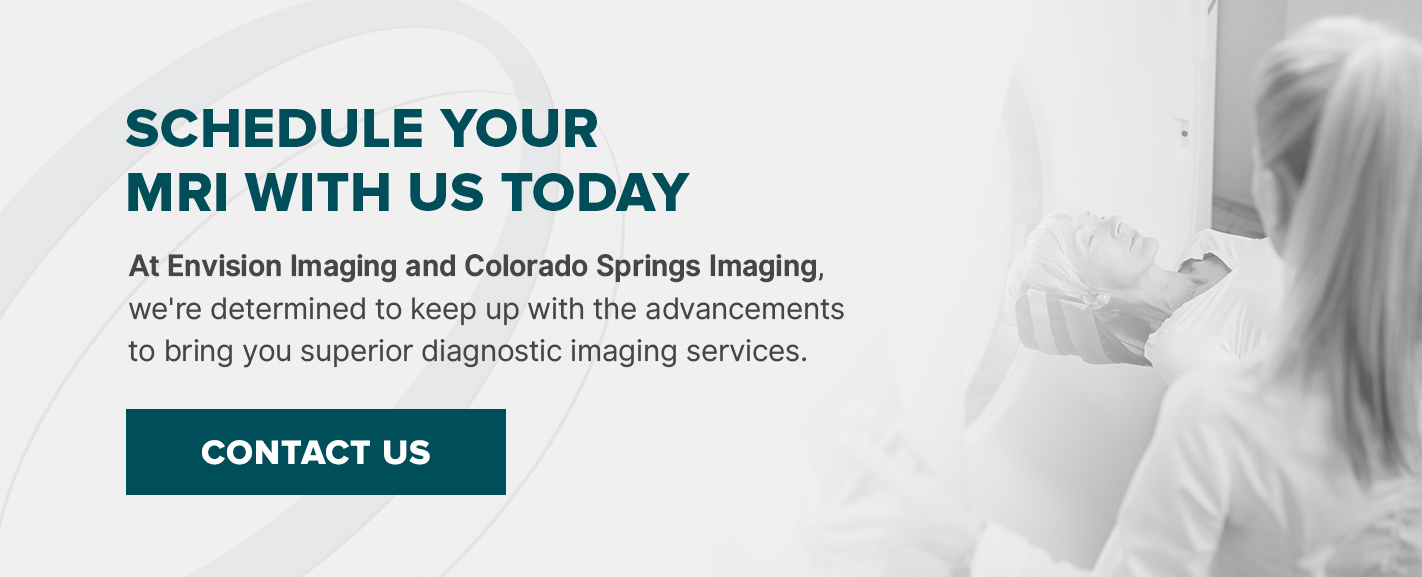Facts About MRIs

Most people today are used to the existence of imaging tests and the machines used to perform them. They may even take them for granted. But few people know the history and the importance of certain imaging machines, especially if they don’t work in the medical field.
MRIs are a common imaging diagnostic test that doctors recommend for a range of conditions and concerns. Few know all about MRIs outside of the fact that they use large and technologically advanced machines. If you’ve ever looked up MRI machine facts or you’re just curious and want to learn more, we’ve put together a list of some MRI fun facts that may surprise you.
20 Quick Facts About MRIs

MRI stands for magnetic resonance imaging, and it’s commonly used as a form of diagnostic imaging for conditions that may not be visible in an x-ray. The history and future of MRIs and their machines are fascinating, so here are 20 facts about MRIs:
- MRI machines use a strong magnetic force and radio waves to create images of the inside of the human body. The magnetic force is so strong that anything in the proximity of the machine cannot have any component made of metal or emit radio waves.
- MRI machines use magnets to create the necessary magnetic field for their imaging. Before a test begins, the magnets must be cooled to absolute zero. To do this, medical professionals use liquid hydrogen.
- While it’s called an image, an MRI scan is not a photograph at all. Instead, it’s the culmination of magnetic fields and radio waves mapped by a computer by using a unique signal for each type of cell. Doctors can then identify each type of tissue, bone, joint, muscle and cartilage based on the signal recorded on the MRI scan.
- Out of the numerous magnets in an MRI scanner, there is one main magnet. The magnetic field this main magnet creates is so strong that it’s thousands of times stronger than the Earth’s magnetic field.
- A popular misconception about MRI machines is that they use radiation to create the diagnostic image. The truth is that imaging tests like x-ray and CT scans need radiation to create their images. MRIs use magnetic force instead of radiation, making them a more popular option for many who are wary of tests that use radiation.
- A physicist named Isidor Isaac Rabi is credited with developing a method to measure the magnetic properties of atoms in the 1930s.
- Though Rabi developed his groundbreaking method in the 1930s, it wasn’t until 1977 that medical professionals performed the first MRI scan on a living human being.
- By the 1980s, MRI scanners became available commercially, allowing many health care facilities across the world to take advantage of this new method.
- MRI scans provide statistics for researchers in fields outside of medicine. Because the machines don’t use radiation, they’re a popular option for researchers to examine changes in the mind and body without fear of undue exposure.
- In 2010, researchers in Berlin examined a live birth in an MRI machine in an attempt to better understand the relationship between the pelvis and fetus during childbirth. The researchers stopped the machine before the baby was fully delivered so its ears wouldn’t be harmed by the MRI scanner’s noise.
- Another study examined how the brain functions when composing music for an instrument the composer could not play. The composers created the music inside the MRI machine and wrote it down when they came out of it. The study ultimately revealed these composers turned off parts of their brains to compose the music.
- MRI statistics in the U.S. reveal that medical professionals perform approximately 30 million MRI scans every year.
- Considering the massive amount of MRI scans done every year, it’s not surprising that the workforce of MRI technologists is estimated to grow by 9% between 2018 and 2028.
- An MRI scan usually lasts between 20 minutes to an hour, but some tests can be much longer. It all depends on the specific reason for the scan.
- Aside from the lack of radiation, another reason MRIs are so popular is that they offer images with more detail than other diagnostic imaging tests. MRI scans also tend to be clearer, allowing medical professionals to quickly spot fractures or tumors that may be too small to show up on x-rays or CT scans.
- MRIs are so advanced that the American Academy of Neurology confirmed they are better than CT scans when it comes to diagnosing strokes.
- A common issue with MRI machines was the narrow, tunnel-like space for the patient to lie in — making MRIs uncomfortable for most people and impossible for people with conditions like claustrophobia. There are now special MRI machines that have a bigger opening to make the imaging more accessible for everyone.
- Nikola Tesla discovered rotating magnetic fields back in 1888. For this pioneering discovery, MRI machines use Tesla units for measurements.
- Some alternative medicine supports the concept of magnets that can heal, which leads some people to think that the giant, powerful MRI magnets will help with healing. Unfortunately, the magnets in an MRI scanner are solely to help create a clear image and don’t possess any healing properties.
- Originally, the MRI was called nuclear magnetic resonance (NMR). The term was changed to MRI because of the presumed negative connotation of the word “nuclear.”
Schedule Your MRI With Envision Imaging or Colorado Springs Imaging
Technology has come a long way since the first MRI scan in the 1970s. At Envision Imaging and Colorado Springs Imaging, we’re determined to keep up with the advancements to bring you superior diagnostic imaging services. With locations in Colorado, Louisiana, Oklahoma and Texas, we’re here to ensure you get the high-quality imaging services you need, whether it’s MRIs, CAT scans, mammograms or x-rays.
From the moment you step into our office, you’ll be treated with care and consideration so your visit is one that’s free from stress or confusion. We know your life is busy, which is why our scheduling is flexible and our quick turnaround time for test results allows you to have peace of mind sooner rather than later. On top of that, we aim to keep our services affordable, convenient and quick without sacrificing quality.
Find your nearest location at Colorado Springs Imaging (CO) or Envision Imaging (TX / LA / OK) and schedule an appointment today.
Sources:
- https://www.aps.org/publications/apsnews/200607/history.cfm
- https://www.bls.gov/ooh/healthcare/radiologic-technologists.htm
- https://www.nature.com/articles/srep12277
- https://www.whitehouse.gov/wp-content/uploads/2017/12/Roadmap-for-Medical-Imaging-Research-and-Development-2017.pdf
- https://www.merckmanuals.com/home/quick-facts-special-subjects/common-imaging-tests/magnetic-resonance-imaging-mri
- https://www.aan.com/PressRoom/Home/PressRelease/849
- https://teslauniverse.com/build/plans/tesla-rotating-magnetic-field-demonstration-project
- https://www.sciencemuseum.org.uk/objects-and-stories/medicine/visualising-body
- https://www.envrad.com/services/mri-scans/
- https://www.envrad.com/locations/



